Meet Mandy Coppes-Martin | Visual Artist
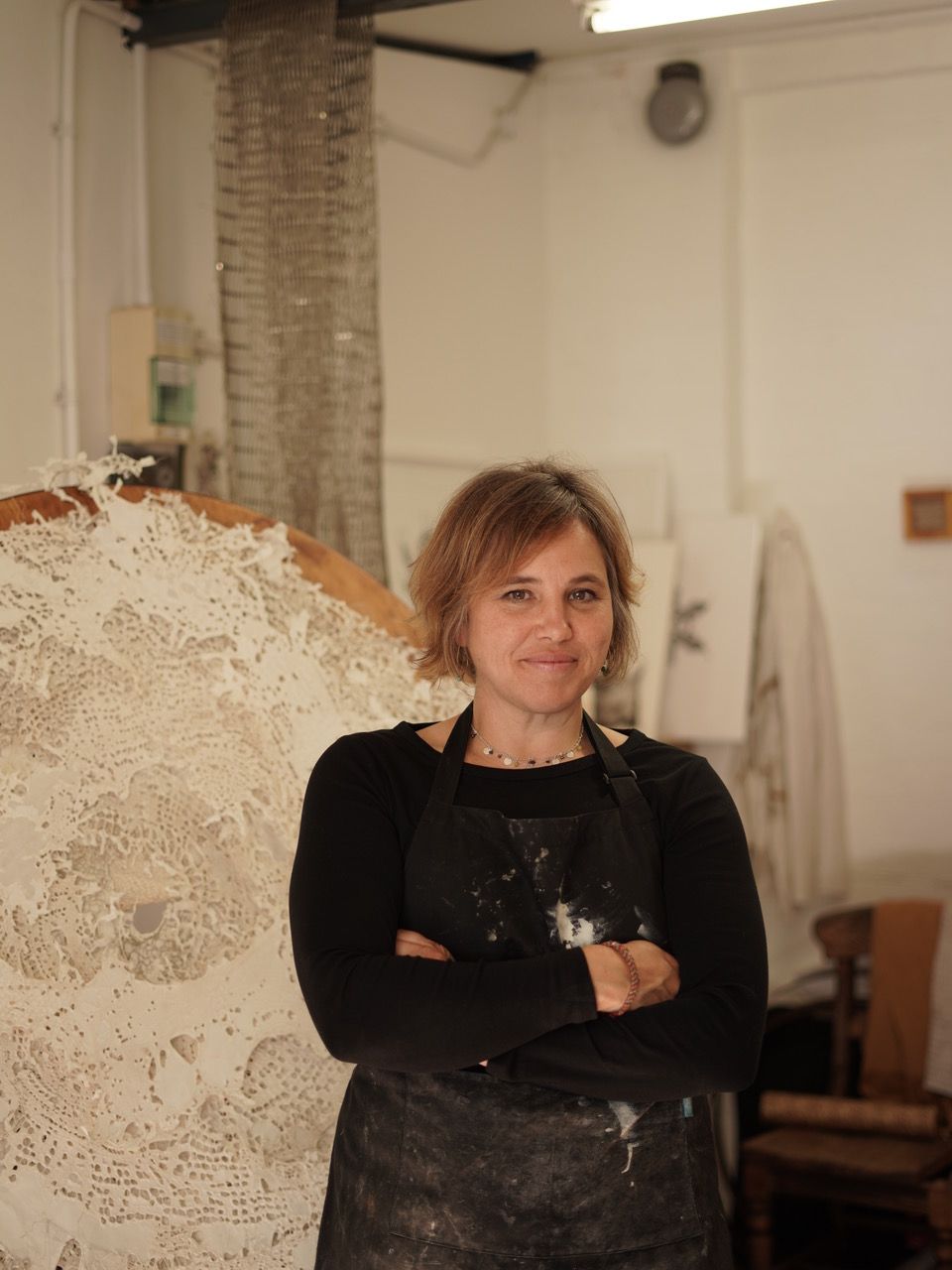

We had the good fortune of connecting with Mandy Coppes-Martin and we’ve shared our conversation below.
Hi Mandy, what led you to pursuing a creative path professionally?
Why I Make
In truth, it pursued me.
After earning a Master’s in Fine Art, I worked in the sustainable development, research, and education sector in South Africa. I travelled throughout Southern Africa researching different plant fibres and teaching hand papermaking. In hindsight, those early years laid the groundwork and equipped me with the knowledge and perspective that now shapes my practice as a fibre and textile artist. I had stopped making, yet opportunities in the visual arts kept finding me in the way of collaborations and exhibition requests from curators. I couldn’t ignore it; it was persistent. Undeniable.
I cannot imagine a life without making now, without creating, without reaching beyond the immediate into something larger that is more layered.
Making, for me, matters. It connects the hand to the heart and—when it really works—the mind too. I need to use my hands. I need to give form to what I feel and think. Without that, I’m not anchored.
When I’m not contemplating how to make an idea tangible, I start to flay. I lose shape. I don’t feel grounded. The act of making is what keeps me present, rooted, and alive.
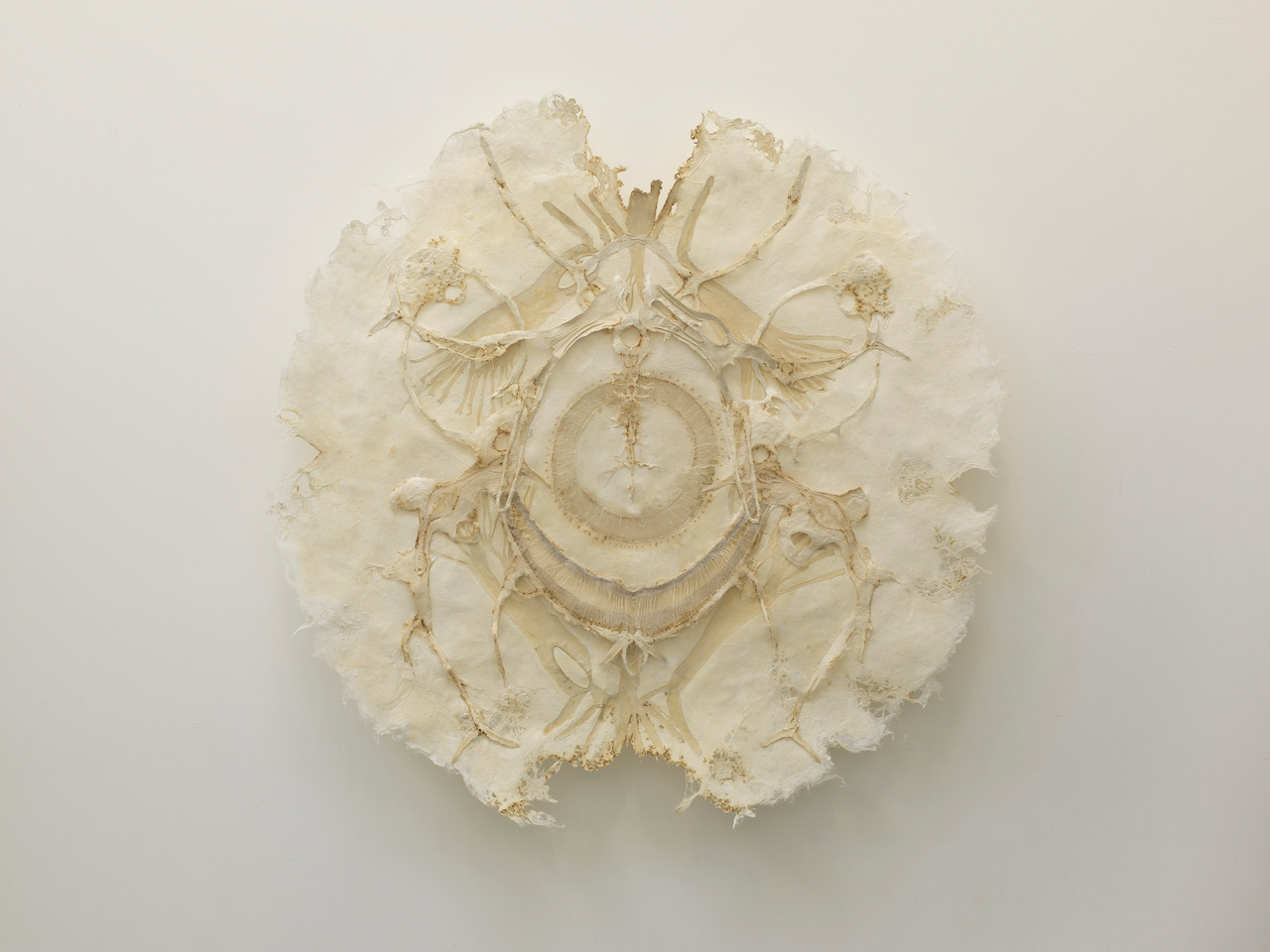
Alright, so let’s move onto what keeps you busy professionally?
I am a multimedia artist working primarily with raw silk thread and handmade paper, often incorporating found or discarded materials—vintage leather gloves, christening gowns, antique lace. These objects carry a certain history, a quiet energy I find compelling. I’m drawn to foraging—to seeking out forgotten or overlooked items—and I particularly enjoy the challenge of making something new from the old, transforming what might seem impossible into something tangible.
My work is about fixing, changing, and reimagining. Each piece becomes a new story—one for now—a reflection on the transient, fleeting nature of life on this planet.
I studied Fine Art, specialising in hand papermaking using invasive plant species. At one point, my practice focused entirely on paper and fibre, perfecting sheets through both Western and Eastern traditions. That meticulous exploration of material eventually gave way to broader questions—about sustainability, memory, and transformation.
For several years, I had the privilege of working with an NGO at the University of Johannesburg, where I was immersed in the world of plant fibres and their applications within the hand papermaking industry. As part of the archival paper unit in the Fine Arts Department, I collaborated with international artists to develop and edition unique works—celebrations of the intersection between art and craft. I also conducted plant research in rural communities across Southern Africa, deepening my understanding of material ecology and fibre potential.
In time, inspired by the knowledge I had gathered, I established my own studio in downtown Johannesburg and began working full-time as a fibre and textile artist. The intricate relationships between plants, fibres, and textiles ignited a new direction in my practice—one rooted in the act of making, of telling stories through touch, time, and transformation.
After immigrating to the UK, my work changed—unexpectedly, irreversibly. Moving country changes you. It wakes you up. It fills you with everything you’ve left behind. You must let go of who you were, or risk mourning it every day. That shift hasn’t been easy, but it has pushed my work into places I didn’t know existed within me. Thought processes I didn’t know I had—materials I didn’t expect to love.
Today, I work with silk, hemp, antique lace, and reclaimed leather—materials chosen for their fragility, resilience, and embedded histories. People often give me things that remind them of me—an old glove, a single shoe, fragments of decaying wood, brittle leaves. These things just find their way into my hands. Whether in thought or physical form, I am always remaking, always adding to what already exists.
Sometimes I try to make things disappear—catching them in that moment just before they’re gone forever. Perhaps it’s a way of holding on to a past emotion or action. It isn’t about sadness. It’s about slowing down. Holding something. Freezing a moment before it slips away. My work reminds me to stop, to look, to listen.
Above all, I am a maker. Creating grounds me. It is how I reflect, respond, and remain connected to the world around me.
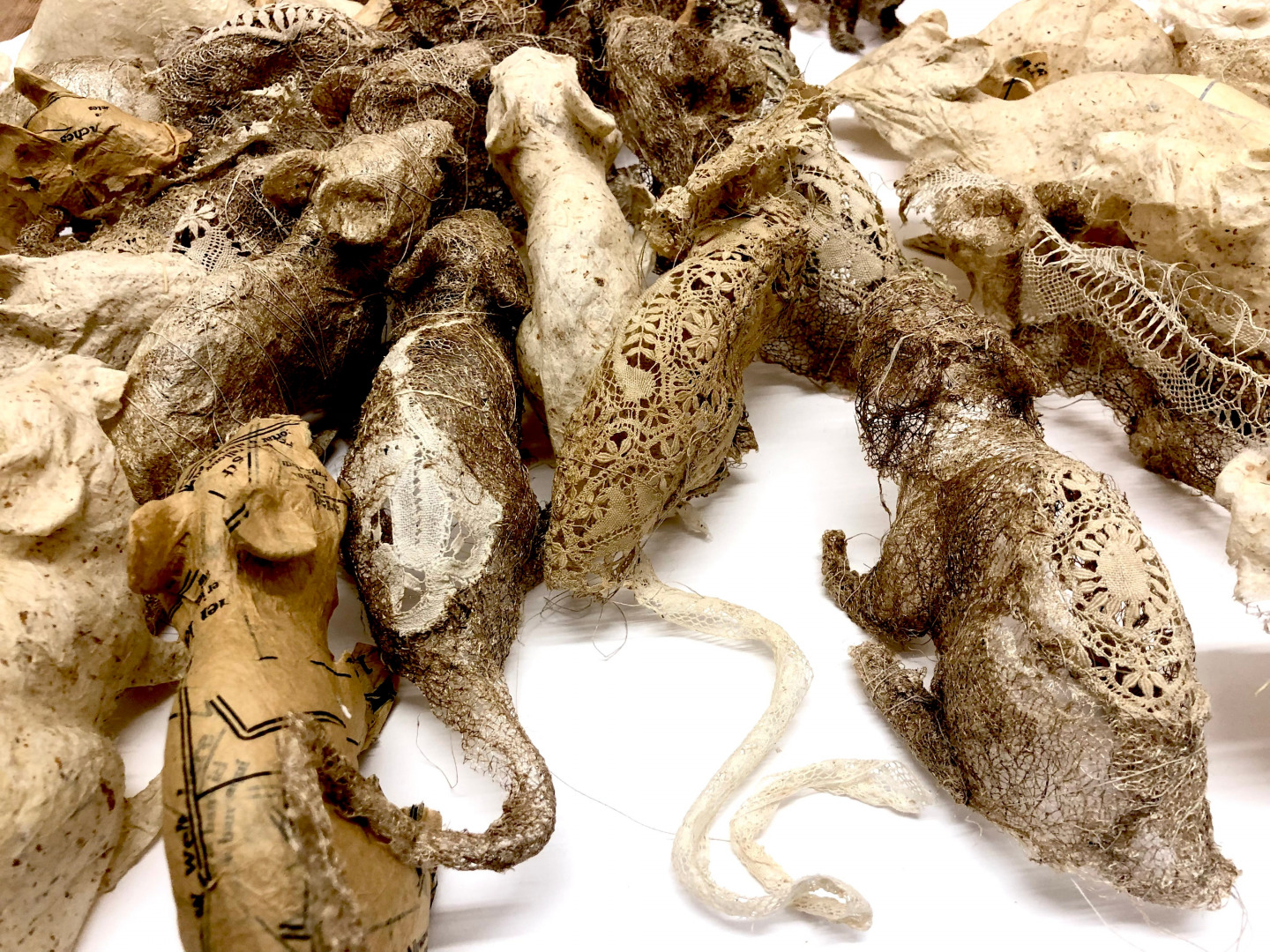
Let’s say your best friend was visiting the area and you wanted to show them the best time ever. Where would you take them? Give us a little itinerary – say it was a week long trip, where would you eat, drink, visit, hang out, etc.
From Johannesburg to Stroud: Finding My Way
I moved to Stroud, UK, five years ago. Two of those years were wrapped in the weirdness of COVID lockdowns, which means that even now, I’m still discovering this place, bit by bit. What I do know is this: I love living in the country and I’m especially grateful that it’s Stroud.
Johannesburg was hard and edgy—intense in a way that has its own energy, its own rhythm, its own pros and cons. In Stroud, there’s something softer which also has its pros and cons, of course. I find a quiet exhilaration in walking freely along a dirt path through the woods—something I never take for granted.
Much of my work draws from slow decay, the kind that quietly happens in nature.
There are endless walks here. One of my favourites is around Woodchester Lakes, where you can wander for hours without seeing another soul. It’s peaceful, a little hidden, and perfect for a secret wild swim. Then there’s Minchinhampton Common, where the sky stretches out wide and open. At sunset, it reminds me a little of South Africa—golden, expansive. Sometimes I pretend I’m back there, just for a moment, trying to retrieve a little part of myself I left behind.
And always, when walking these trails, there’s a great pub waiting at the end.
Stroud Market is essential. It’s packed with local makers and artisans—fresh food, handcrafted chocolate, and real coffee. For coffee, I’d take you to Noni’s Coffee Roasters—the best brew in town, in my opinion and a really awesome barista. And for pizza? The Prince Albert, which I only recently discovered.
A day trip to Bristol is a must. We’d go to the Arnolfini, and I’ve been meaning to visit Spike Island, the artist-run gallery I’ve heard so much about. Of course, we’d make the rounds through the city’s legendary charity shops—there’s always something special waiting to be found. If we’re lucky, we’d catch a live gig and enjoy a good meal.
And then, an early train to London. We’d walk the Southbank, visit the Tate Modern, maybe the Hayward Gallery. After that? We’d have to wing it. London is still a mystery to me—huge, layered, overwhelming—but I like the idea of discovering it spontaneously, without a plan.
There’s one last place on my list: the Welsh coast, especially the Gower Peninsula. I haven’t been yet, but I’d love to go. So really, I wouldn’t be leading the way. I’d be adventuring alongside my friend, discovering it all together.
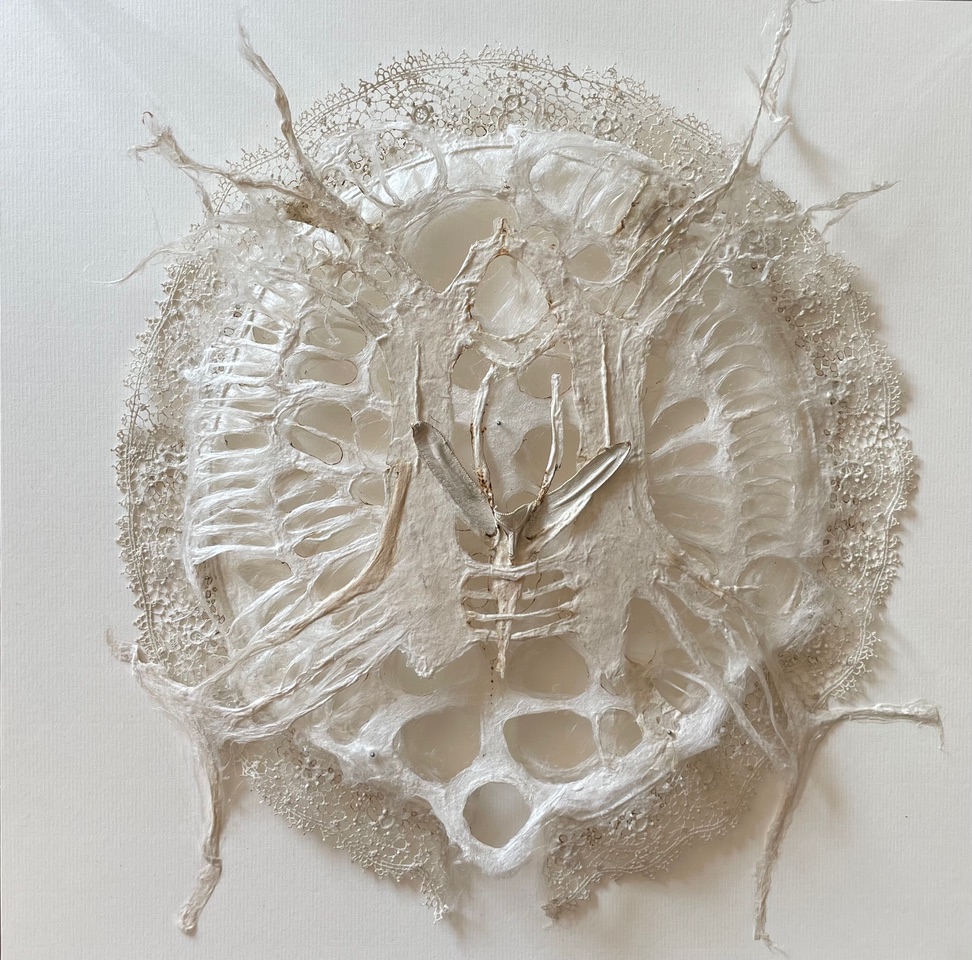
Who else deserves some credit and recognition?
While friends and family have been my steadfast pillars, there are others who have played a crucial role in shaping my path as an artist.
A special shout-out goes to Victoria Works Studios, a place that welcomed me with open arms when I immigrated from South Africa to the UK. Arriving during the challenging times of COVID-19 in 2020, I did not expect to find a studio space to work in so soon. However, Victoria Works provided me with not just a physical space, but a nurturing and collaborative environment that has been instrumental in my growth as an artist.
The supportive community at Victoria Works has allowed me to connect with fellow creatives and has provided a fantastic platform to showcase my work through curator visits and exhibitions. Their encouragement and belief in my vision have been invaluable, helping me to navigate the transition to a new country while continuing to develop my artistic practice.
I am deeply thankful for the opportunities that have arisen from this vibrant studio, and I look forward to continuing to create and share my work in this inspiring space.
Website: https://www.mandycoppes-martin.com
Instagram: mandy_c_martin

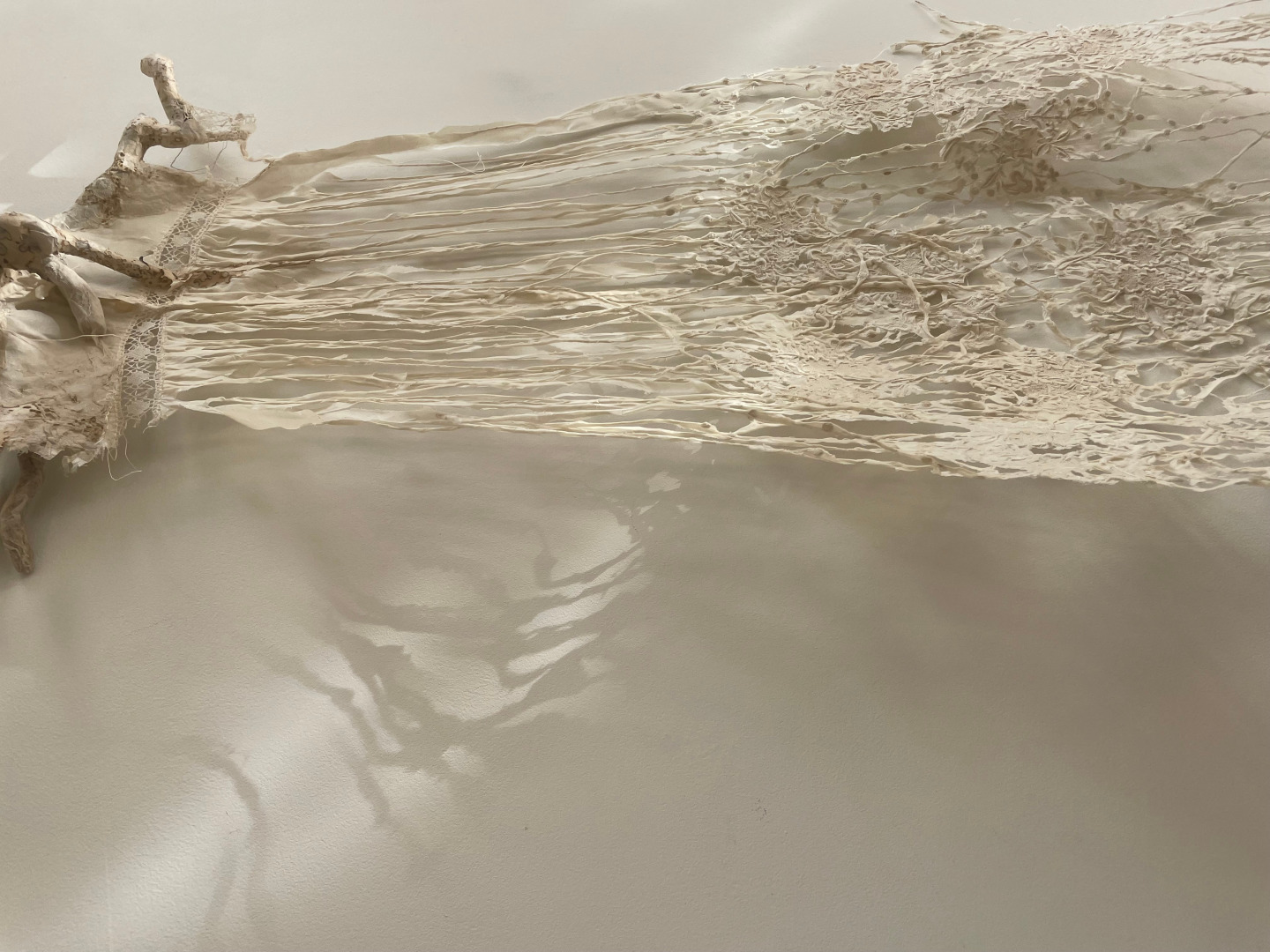
Image Credits
Steve Russel Studios
Caitlin Buckley
